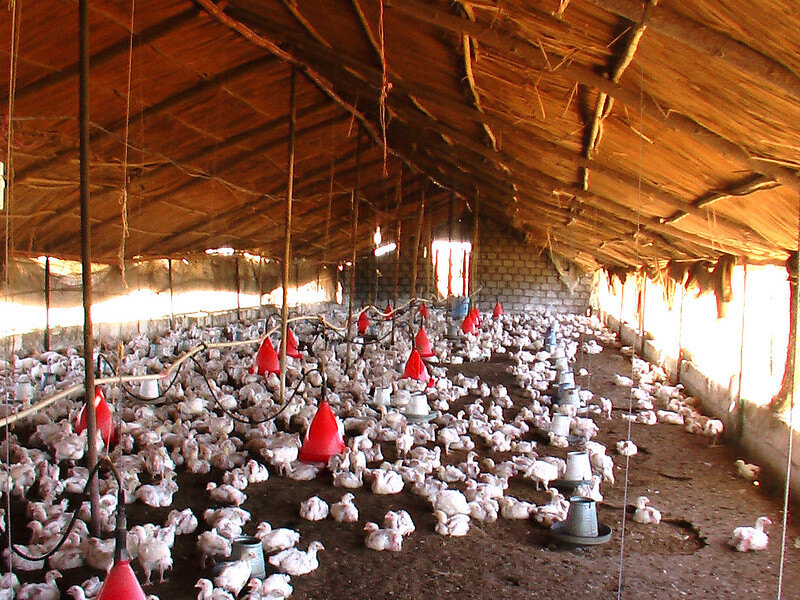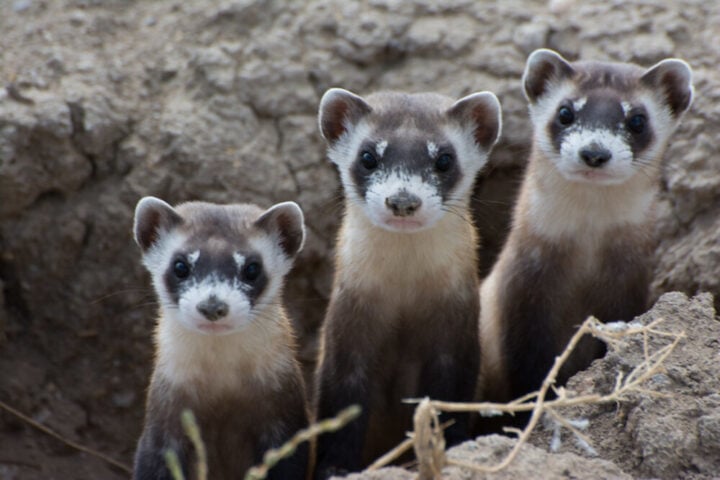In the remote Chersky Range of northeastern Siberia, a massive chasm known as the Batagaika crater continues to grow at an alarming rate of one million cubic feet annually. As a journalist who has covered environmental changes since the 1960s, I’ve watched countless climate phenomena unfold, but this one stands out for its sheer scale and rapid progression.
Location and Physical Dimensions
The crater spans approximately 1 kilometer (0.6 miles) in length and 800 meters (0.5 miles) across at its widest point. Local resident Erel Struchkov, who explores the crater, notes: “We locals call it ‘the cave-in.’ It developed in the 1970s, first as a ravine. Then by thawing in the heat of sunny days, it started to expand.”
Scientific Classification
Despite its common name, the Batagaika formation isn’t actually a crater. Scientists classify it as a retrogressive thaw slump (RTS) or “megaslump” – a widening chasm caused by permafrost degradation and land subsidence. At over 81 hectares , it’s the world’s largest RTS.


Historical Development
The formation began in the 1960s following deforestation and off-road vehicle traffic during mineral exploration activities. These disturbances destroyed the insulating vegetation layer that previously protected the permafrost. Satellite imagery first captured the initial narrow crevice in the 1960s, but substantial land slumping wasn’t documented until 1991.
Climate Science Implications
Dr. Nikita Tananayev from the Melnikov Permafrost Institute warns: “In future, with increasing temperatures and with higher anthropogenic pressure, we will see more and more of those mega-slumps forming, until all the permafrost is gone.” This observation carries particular weight as Russia warms 2.5 times faster than global averages.
Carbon Release Data
Recent research published in Geomorphology reveals the crater releases between 4,000 to 5,000 tonnes of methane and other greenhouse gasses yearly. The total carbon release since formation amounts to approximately 169,500 tons. “In recent years, the retreat rate of the headwalls has varied from five to 15 meters [16 to 49 feet] per year,” Alexander Kizyakov says in an interview with Atlas Obscura. “The volume of the bowl-shaped retrogressive thaw slump (RTS) increases by approximately 1 million cubic meters per year.”
Similar Posts
Regional Impact
The permafrost thaw affects local infrastructure across northern Russia. Roads buckle, houses split apart, and pipelines face disruption. The crater’s depth reaches 50 meters (164 feet) in most areas, with some sections plunging to 100 meters (328 feet).
Scientific Research Value
The exposed permafrost walls contain ice estimated to be 650,000 years old, providing scientists with an unprecedented window into Earth’s geological past. Researchers have recovered well-preserved remains of ancient bison, horses, and mammoths from the site.
Current Growth Patterns
According to a study in the journal of Environmental earth Sciences, “ The analysis of elevation of the crater revealed that in 2018 its maximum depth was ca 70 m and that depth was decreasing towards its north-east tail. Additionally, the satellite imagery of land surface temperature which is a driving force of crater expansion was visualized for chosen hot days within the time frame 2010–2018. The study of temporal and spatial changes in NDVI spatial distributions inside the crater revealed also a high rate of the succession of vegetation, which may reduce melting of permafrost inside the Batagaika crater and its further expansion.”
Global Context
The Batagaika crater represents a larger Arctic phenomenon. On Banks Island in Canada’s Northwest Territories, similar formations have increased from 63 in 1983 to over 4,077 today, according to research by Roger Michaelides from Washington University in St. Louis.
As an observer of environmental changes over six decades, I must note that while the Batagaika crater’s expansion presents valuable research opportunities, it also serves as a stark warning of accelerating permafrost thaw. The data speaks for itself – this is not a distant threat but an active demonstration of our changing climate system.

















